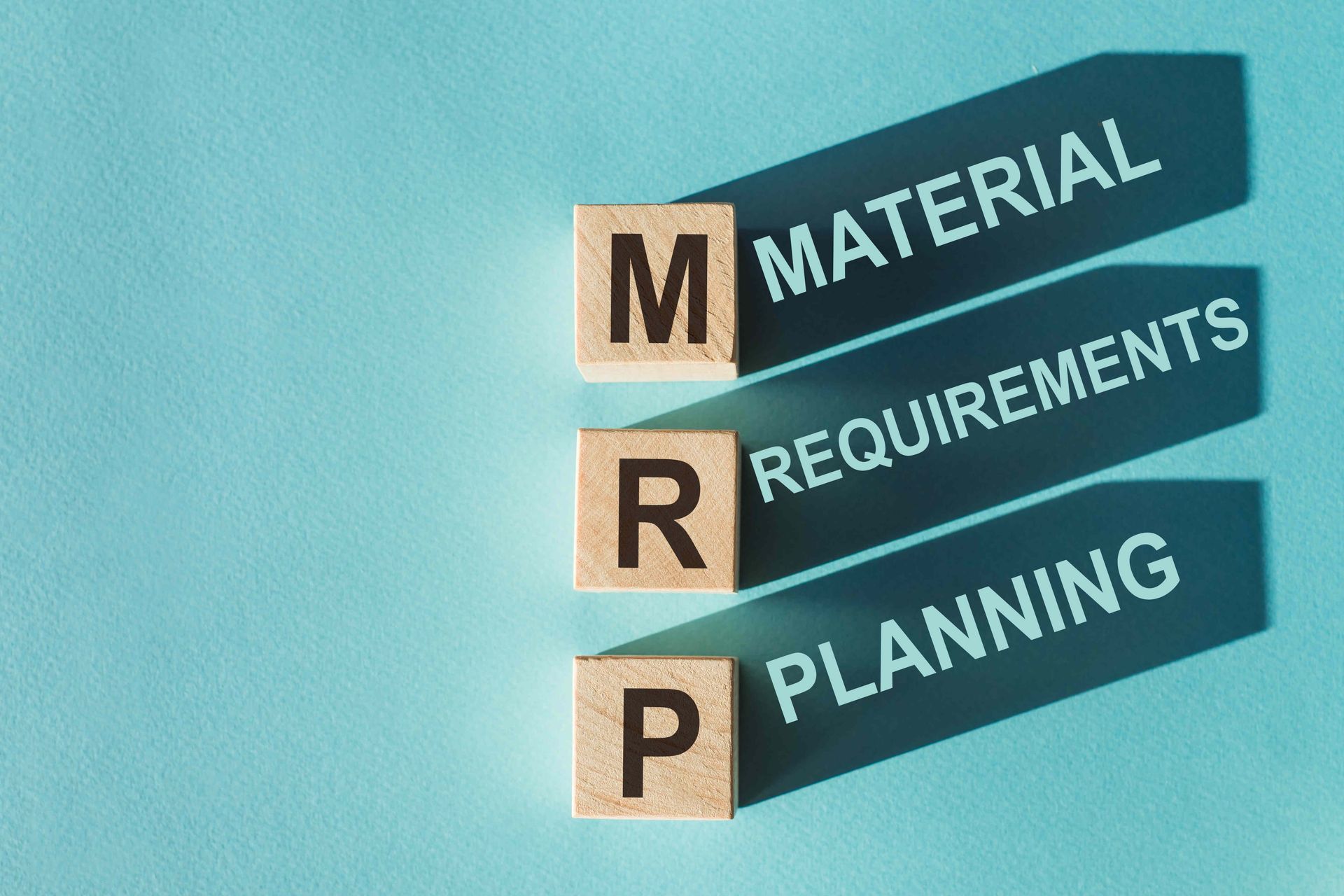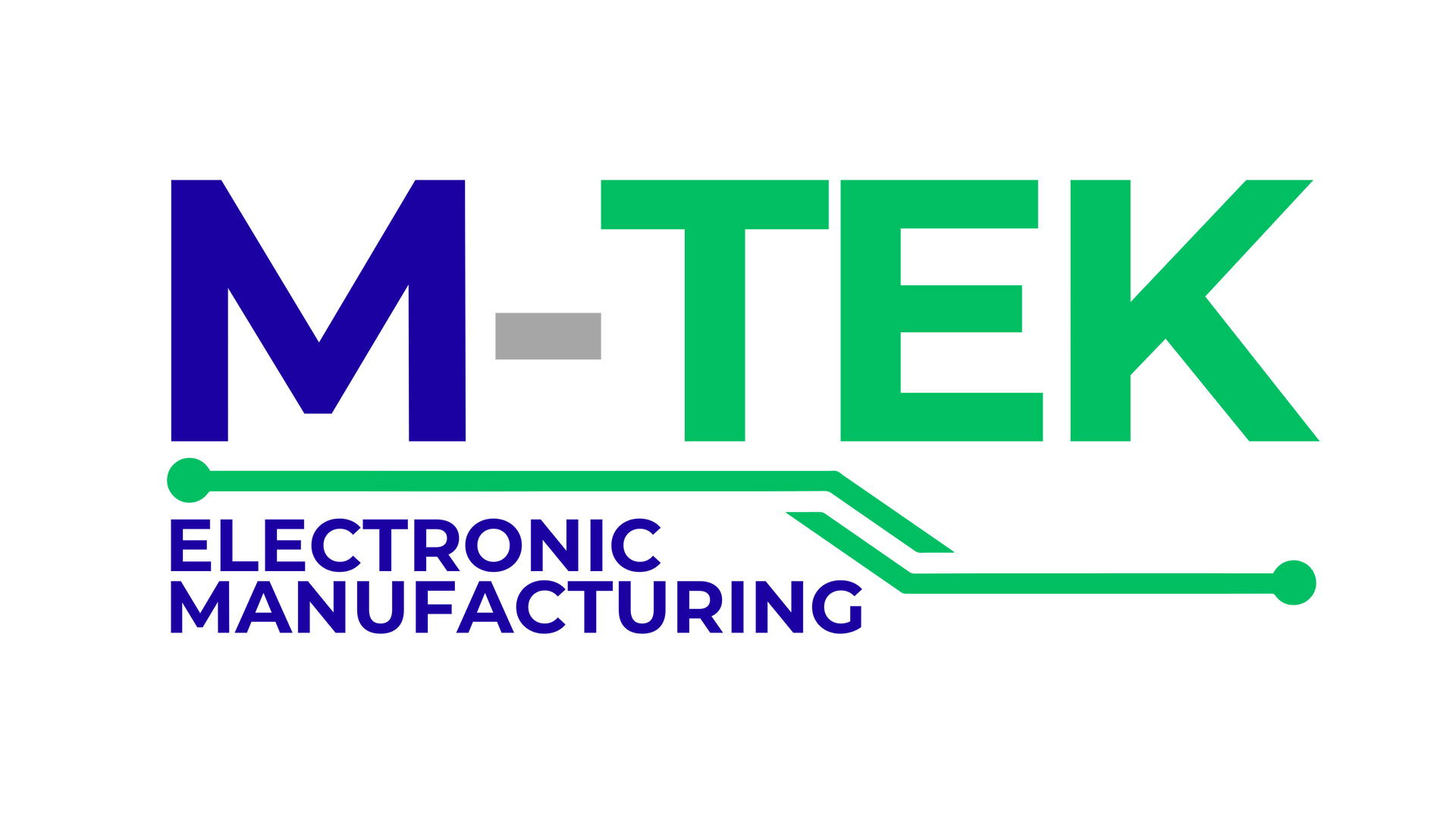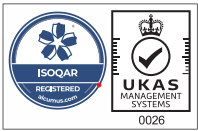
Material requirements planning (MRP) is an important tool for manufacturers to plan the resources necessary for a product.
Manufacturers employ material requirements planning, which is crucial for determining what resources are required when they will be required, how many resources are required, and the potential cost. The use of the material requirements planning tool can help improve efficiency within manufacturing companies. In this article, we will cover how this tool can improve reduction efficiency and why this is a benefit.
Inventory Management
One way that material requirements planning can help improve production efficiency is through its
accurate inventory management. MRP provides real-time visibility into inventory stock levels and demand forecasts. This means more optimised inventory management, which creates more time to be focused on production and improving its efficiency.
This method of inventory management using material requirements planning is effective in tracking stock levels, leading to a smaller chance of overstocking or stockouts, which could lead to waste and reduce costs.
MRP software can provide demand forecasts on stock, letting manufacturers know about current demand trends through analysing historical data. This helps manufacturers avoid overproduction and underproduction, allowing for a lack of revenue loss in these departments. This also removes the need for manual labour in inventory, freeing up more budget to be invested back into the business and increasing efficiency.
Improved Scheduling
Material requirements planning can also help manufacturers
plan and schedule their production based on the real-time data that the MRP software provides. This data includes material availability and delivery times, allowing for optimised production processes and minimising downtime. This can reduce production costs and increase production efficiency.
MRP can also help manufacturers improve their capacity planning. The data provided allows manufacturers to analyse production capacity and identify potential bottlenecks which can hinder production. The manufacturer can plan for the future and adjust their production schedules accordingly to make sure their resources are being used efficiently.
MRP also automated the planning and scheduling process in general which means a lower cost of labour due to this being an automated process. This results in cost savings and more efficient production.
Supplier Management
It is essential for manufacturers that they have a
reliable and efficient supply chain for their materials. The MRP tool can help manufacturers sustain this through their use of real-time data on material availability and delivery times.
MRP software helps manufacturers track the performance of their suppliers and identify potential issues before they get out of hand. This is important for efficiency as it allows the manufacturer to make the correct decisions if necessary, such as sourcing materials from alternative suppliers that may have improved delivery times or higher resource availability. This avoids potential production delays and potentially unnecessary costs.
On top of this, the
Material Requirements Planning tool’s ability to track real-time inventory data allows manufacturers to plan their purchases as efficiently as possible. This helps avoid potential excess inventory and, in turn, reduces future waste costs, which can improve efficiency.
Another way that MRP can help with supplier management is by automating the process. This reduces cost due to a reduced need for manual labour and increases efficiency by freeing up staff and budget to be placed into the production process.
Conclusion
Overall, Material Requirements Planning is an incredibly useful tool for manufacturing companies and is very effective in increasing production efficiency. MRP can help with inventory and supplier management, using real-time data to show material availability, delivery times, and stock levels.
The automation of MRP can greatly improve the scheduling process with this data and also helps reduce costs due to removing the need for manual labour, allowing for the budget to be placed into production and increasing efficiency.
M-Tek Assembly
At M-Tek Assembly we have decades of experience within the industry. We have achieved a
net-zero carbon footprint by using electric vehicles, and for every printed circuit board we build, we plant a tree. Contact one of our SMT and PCB assembly experts today for assistance. Call
01189 455377 or follow us on
Twitter to learn more about our products and services.
Recent Posts
Call Our Team
Want to find out more about our PCB assembly services? Speak to our team to find out how we can help you.
Join the Newsletter
We will get back to you as soon as possible
Please try again later





